Marco Rossi
June 9, 2024, 11:33 p.m.Che viaggio straordinario! Ammirare le piramidi di Giza e visitare Luxor e Assuan è stato come viaggiare indietro nel tempo. Gli hotel erano confortevoli e le guide molto competenti. Una delle migliori esperienze di viaggio che abbia mai avuto!
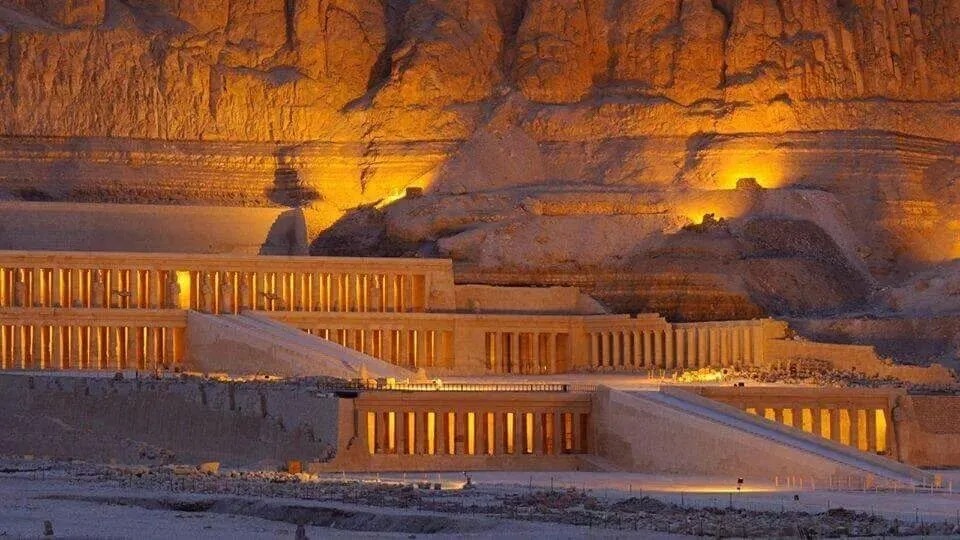
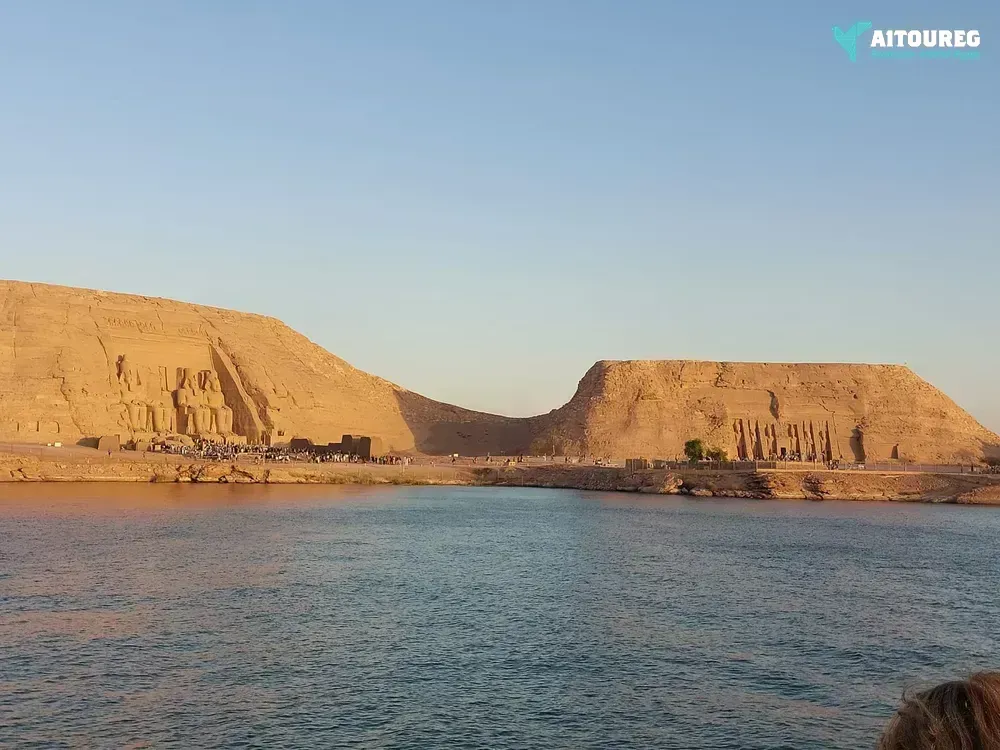

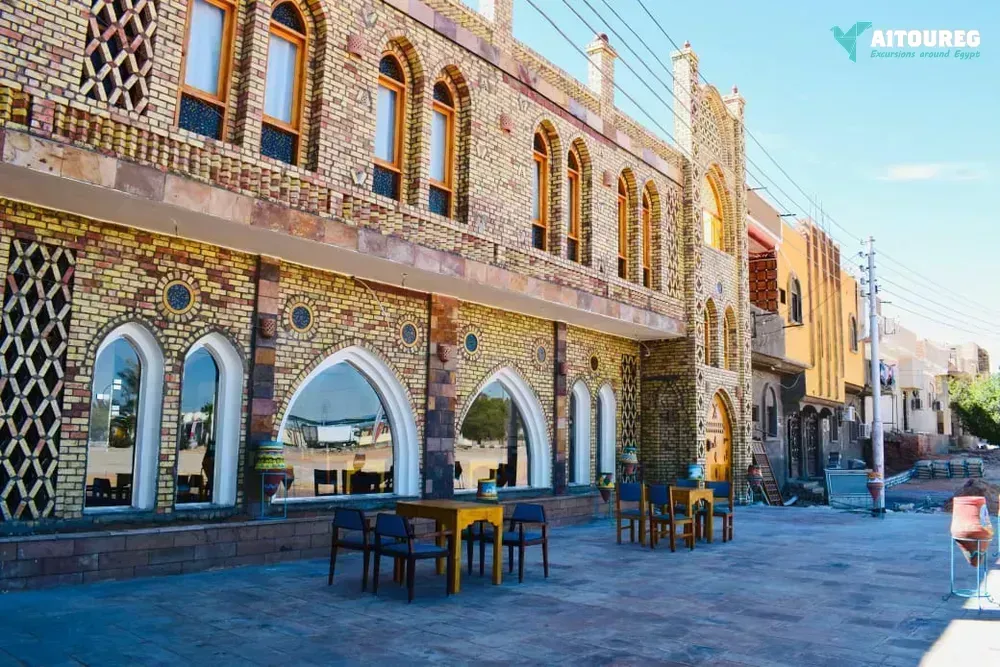
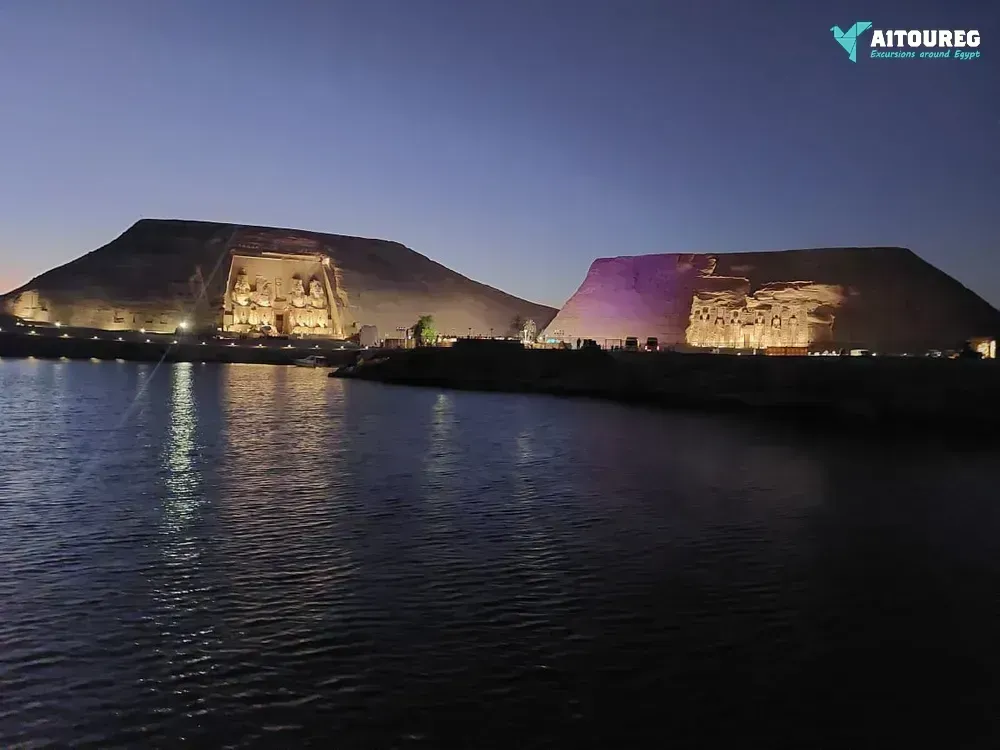

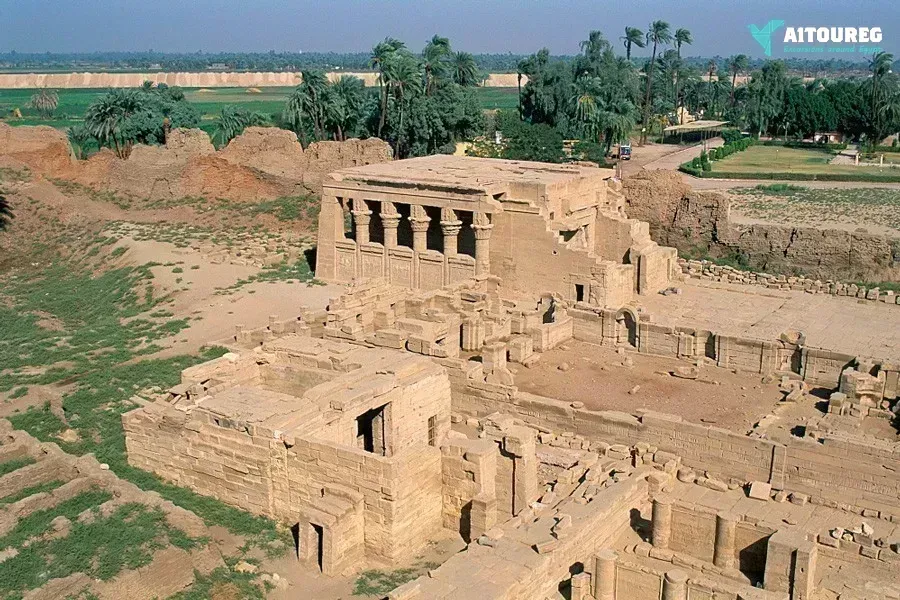
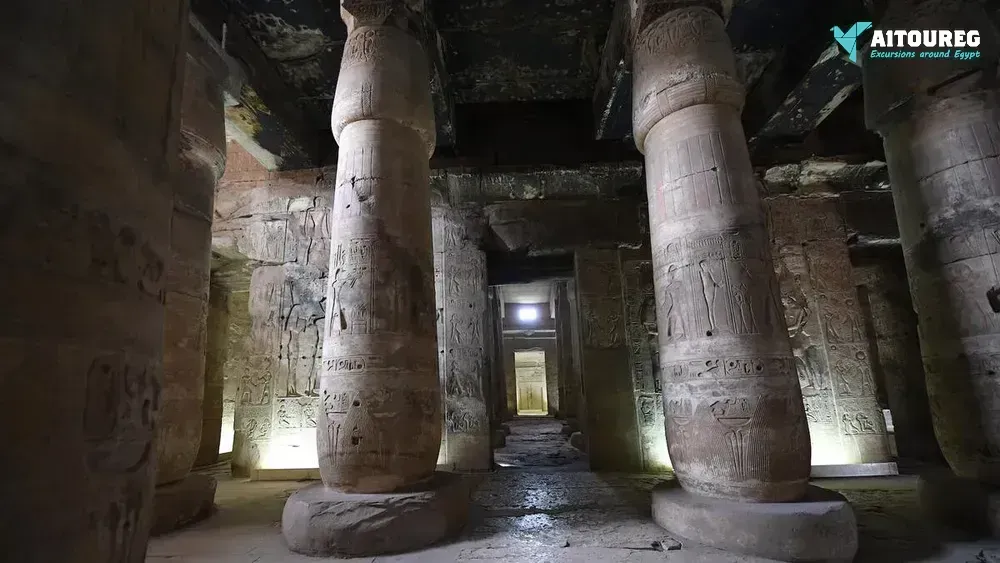
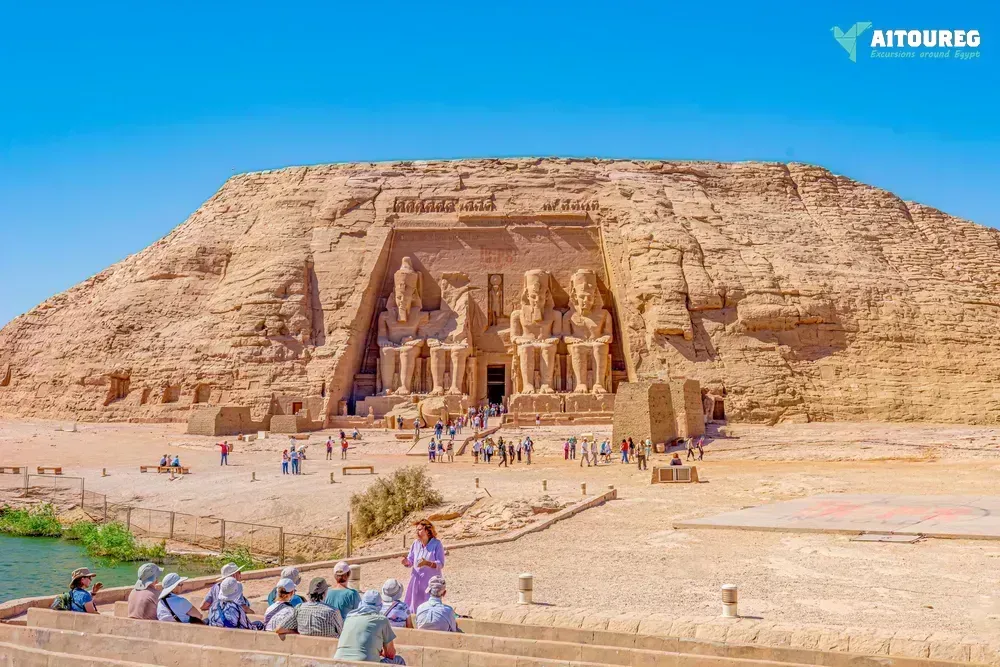

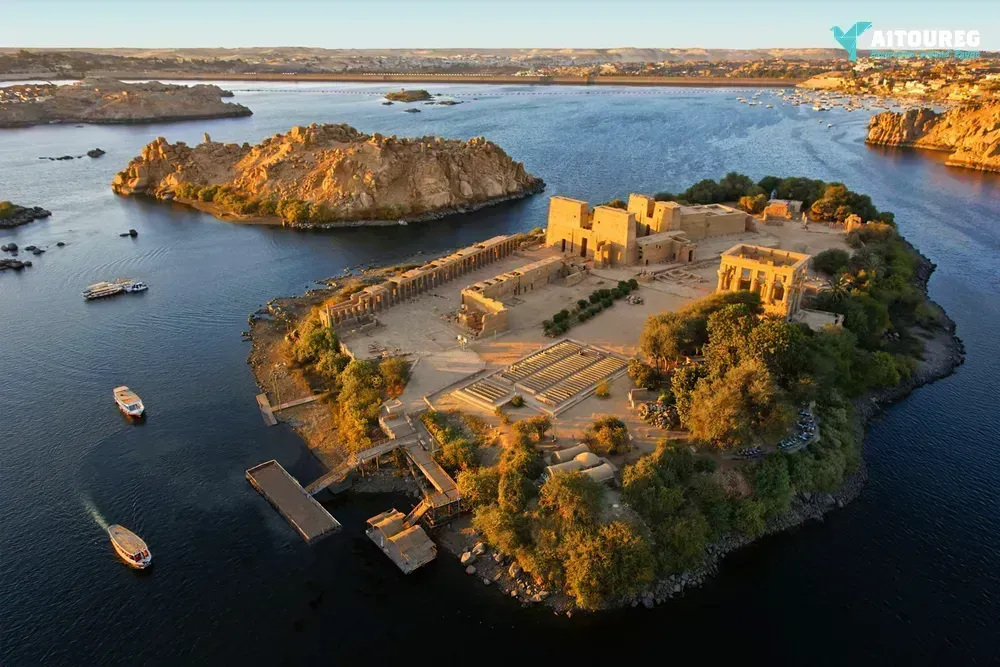
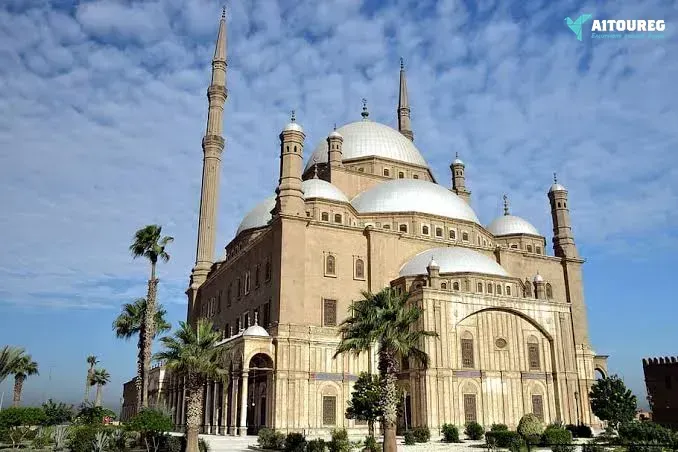
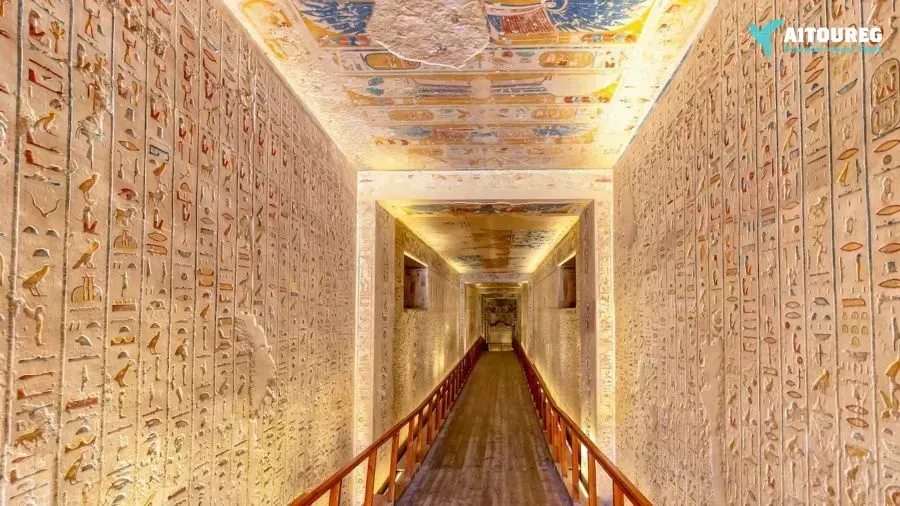


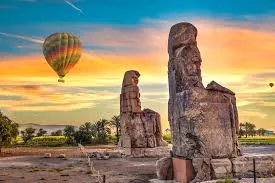

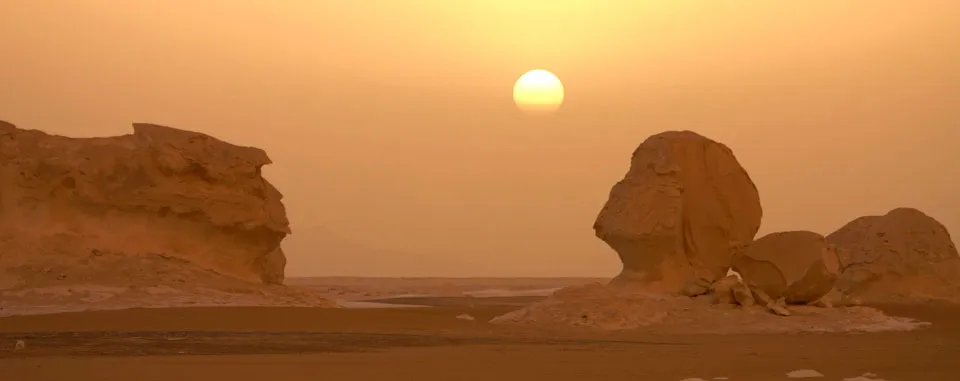


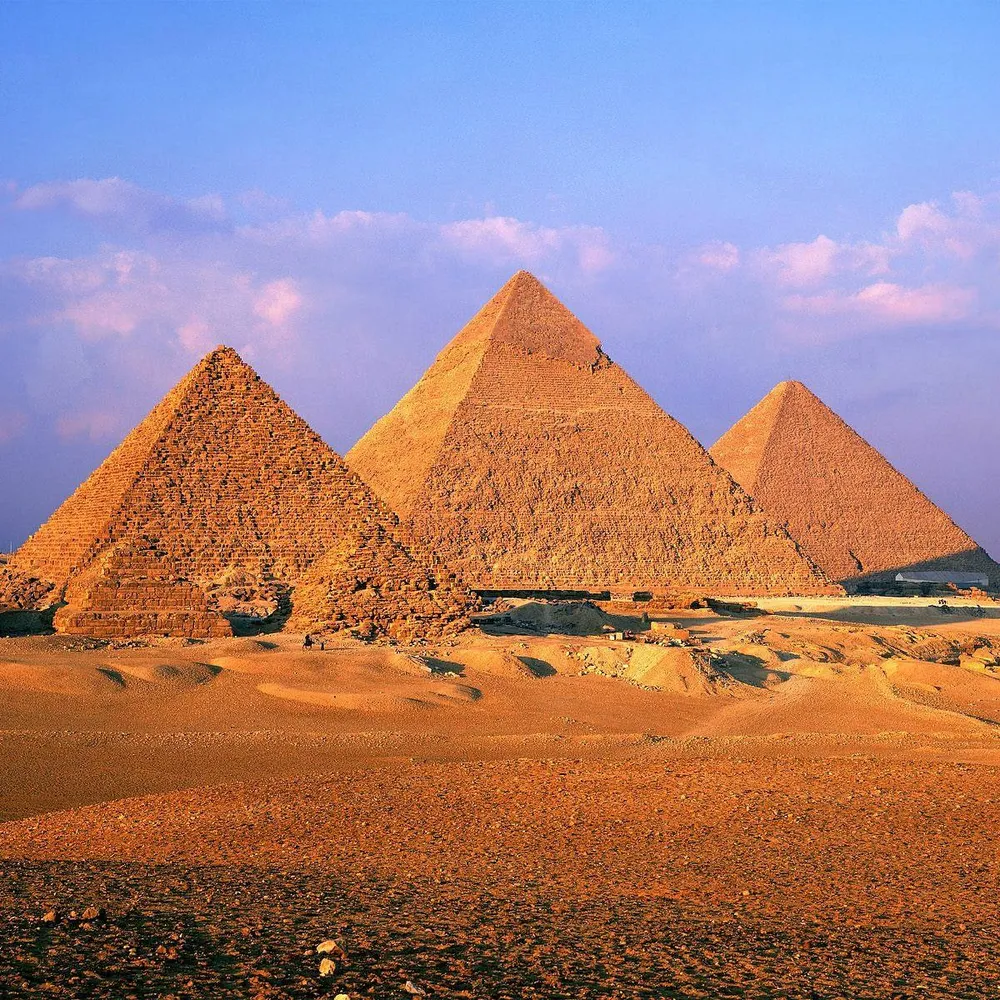


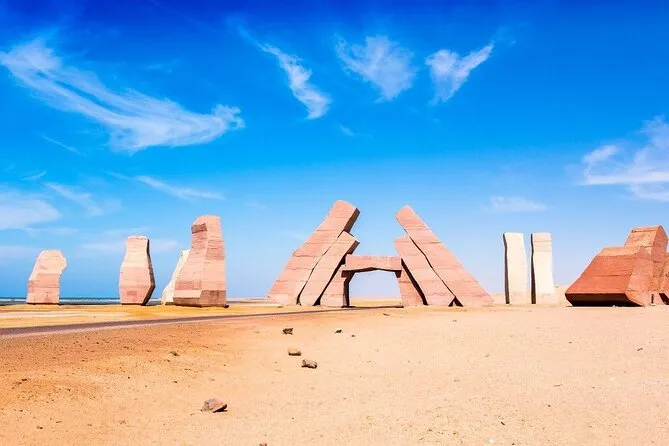

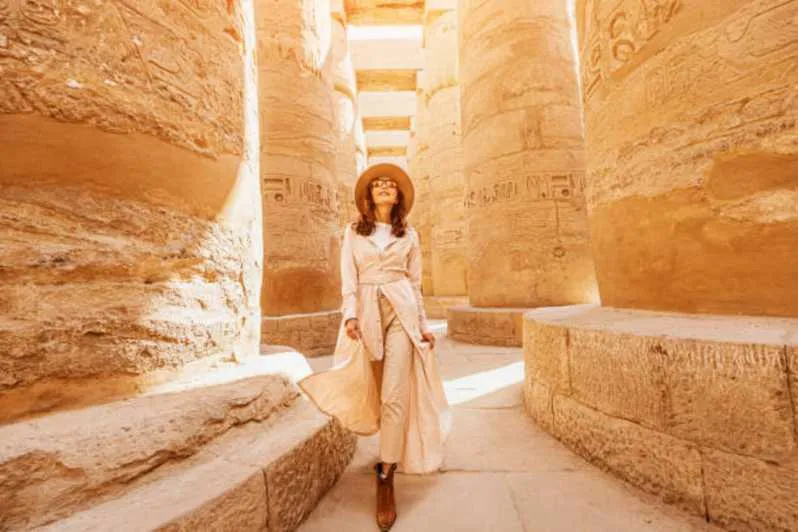
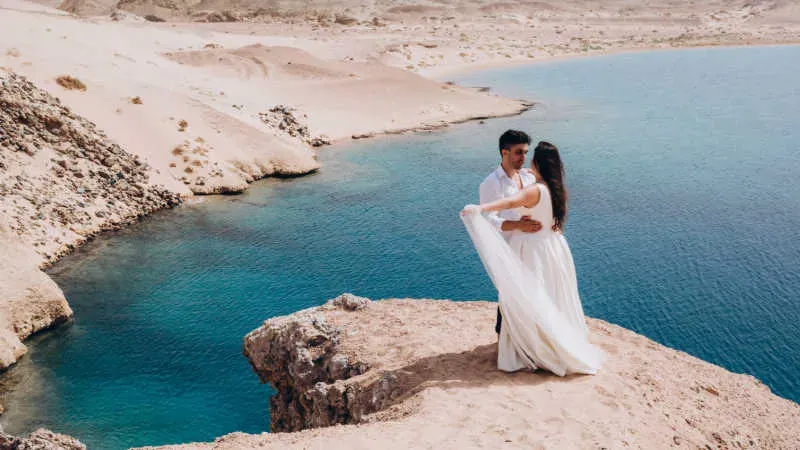

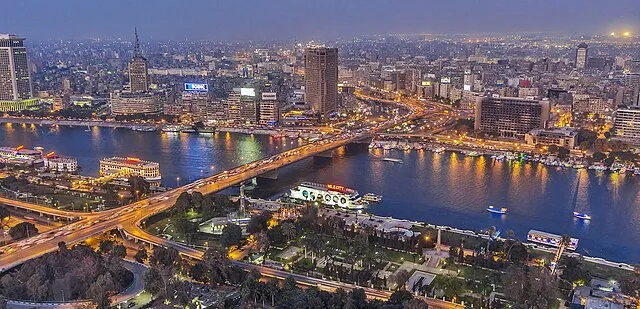

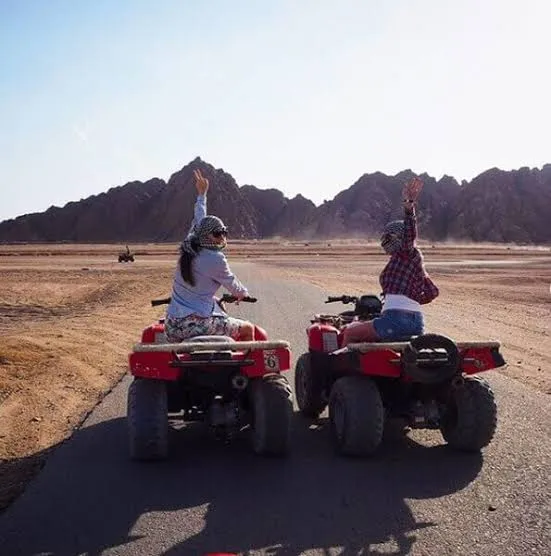
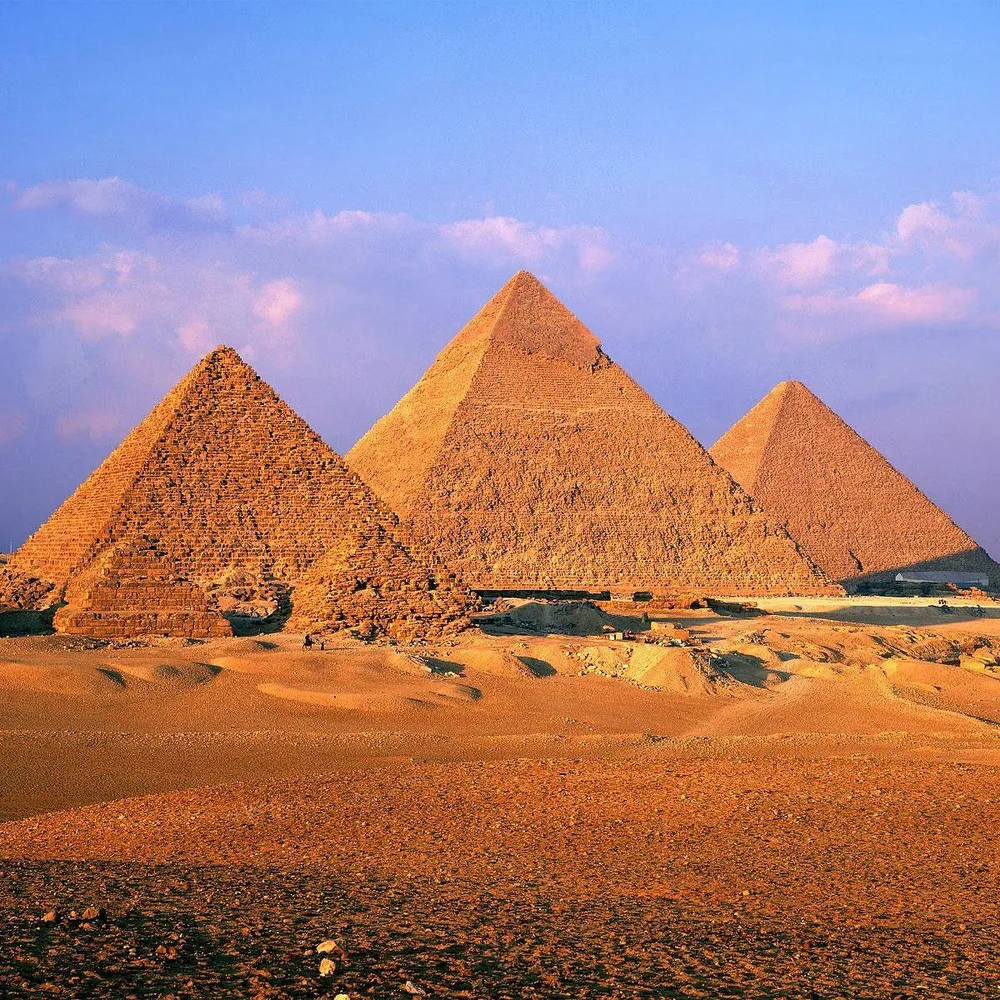
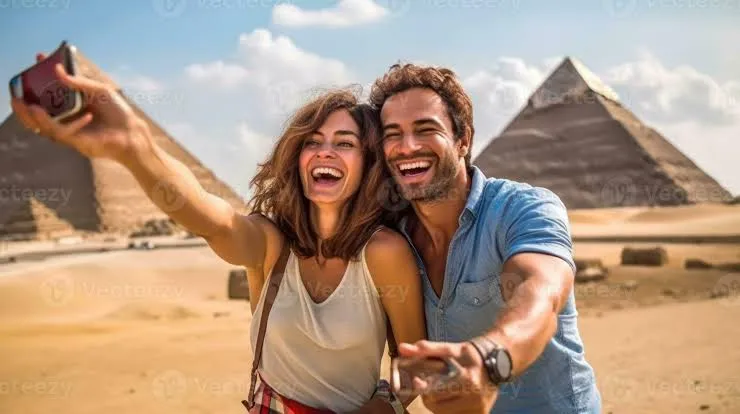
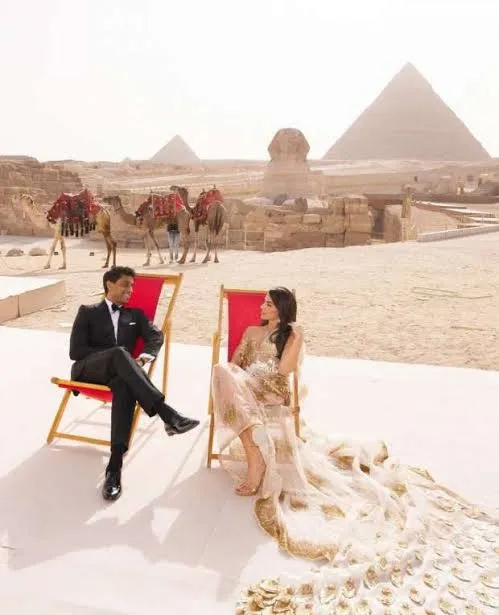



1) Day 1-Arrival at Cairo
A1toureg representative will meet and assist you at Cairo International Airport, Then fly to Aswan Overnight in pyramisa island Aswan . 11 Day Egypt Itinerary Cairo and Aswan, Luxor with Dendera.
2) Day 2- Aswan sightseeing
Pick up from your hotel in Aswan to visit Aswan, including the Temple of Philae, and tour by Felucca around Elephantine, the High Dam, the Unfinished Obelisk Phiala temple Built to honor the goddess Isis, this was the last temple built in the classical Egyptian style. Construction began around 690 BC, and it was one of the last outposts where the goddess was worshipped. The High Dam Aswan High Dam is a rock-fill dam located at the northern border between Egypt and Sudan. The dam is fed by the River Nile and the reservoir forms Lake Nasser. Construction for the project began in 1960 and was completed in 1968. It was officially inaugurated in 1971. The Unfinished Obelisk Aswan was the source of ancient Egypt’s finest granite, used to make statues and embellish temples, pyramids, and obelisks. The large unfinished obelisk in the Northern Quarries has provided valuable insight into how these monuments were created, although the full construction process is still not entirely clear. Three sides of the shaft, nearly 42m long, were completed except for the inscriptions. At 1168 tonnes, the completed obelisk would have been the single heaviest piece of stone the Egyptians ever fashioned. 12:00 lunch at a local restaurant Enjoy the sailing trip with Felucca Around Elephantine island Trip to visit the Nubian Village See a Nubian Village, The Nubian Village is colourful, fun, friendly
overnight in the hotel in Aswan
3) Day 3- Trip to Abu Simbel
Early Visit Abu Simbel from Aswan by Private Car ► Abu Simbel temples The two temples of Ramses the Second and the Queen Nefertari were carved out of the Mountain on the west bank of the Nile between 1274 and 1244 B.c, The Great Temple was dedicated to Ramses the second, Ra-Harakhty, Amun Ra, and Ptah, with 4 Colossal statues, The second temple was dedicated to The Queen Nefertari and Goddess Hathor, the two temples were dismantled stone by stone and rebuilt on higher ground, The preservation of the two temples of Abu Simbel must Rank as the greatest Achievement of the Unesco Back to Aswan by the afternoon, Lunch will be served in Aswan free evening
4) Day 4 -Visit The temple of Kom Ombo - Edfu- Luxor
You will be picked up from your hotel to visit Kom Ombo temple and Edfu temple on the way to Luxor . Kom Ombo temple The temple and the associated settlement site are located 40 K.m north of Aswan, the temple was dedicated to the deities Sobek and Horus and dates mainly to the Ptolemaic and Roman periods (332 B.b -395 A.c) Edfu temple : Upper Egyptian site dominated by a large well -Preserved temple, dedicated to the hawk-God Horus, The Construction of the Ptolemaic temple of Horus, which was founded on the site of a much earlier temple, dated to the period between the reigns of Ptolemy the Third(246 B.c), The descriptions on the walls include the Myth of contending of Horus and Seth(Probably performed annually as a religious Drama.
Overnight in Luxor Steigenberger Nile palace
5) Day 5- Luxor East bank
Visit Luxor temple. and Karnak temple Luxor Temple: Largely built by the New Kingdom Pharaoh Amenhotep the Third and Completed by King Tutankhamon and the Great King Ramses the second, The First pylon was raised by Ramses the Second and Decorated with His Military Battle of Kadesh Karnak
temple Luxor Temple: Largely built by the New Kingdom Pharaoh Amenhotep the Third and Completed by King Tutankhamon and the Great King Ramses the second, The First pylon was raised by Ramses the Second and Decorated with His Military Battle of Kadesh Karnak  Temple
Temple  is more than A temple, is a spectacular Complex of Sanctuaries, Kiosks, Pylons, and Obelisks, All dedicated to the Theban gods and to the Greater Glory of Egypt`s Pharaohs, Karnak
is more than A temple, is a spectacular Complex of Sanctuaries, Kiosks, Pylons, and Obelisks, All dedicated to the Theban gods and to the Greater Glory of Egypt`s Pharaohs, Karnak  was the Most Important place for the worship of the Theban Triad(Amun, Mut, and Khonso).Overnight in Luxor
was the Most Important place for the worship of the Theban Triad(Amun, Mut, and Khonso).Overnight in Luxor
Karnak
6) Day 6 -Luxor -The Valley of Kings
Breakfast on the board the Nile cruise, Breakfast on the Nile Cruise, Visit the west bank of Luxor and Karnak ► The Valley of the Kings: Once called the great Place of the Truth, this valley Called now the valley of the Kings, It is a Majestic domain of the Pharaohs who once lay in great stone Sarcophagi, awaiting immortality, The isolated valley behind Deir el Bahri is dominated by the Pyramid-Shaped Mountain Peak ► The colossi of Memnon: Massive pair statues Known as the Colossi of Memnon, Rising about 18 M from the plain, are the remains of what was once the largest complex on the west bank, Built by Amenhotep the Third ► The Queen Hatshepsut temple : Rising out of the desert Plain, in a series of terraces, The temple of Hatshepsut Mergs with sheer limestone Cliffs of the eastern face of the Theban Mountain as if Nature herself had built this Extraordinary monument.
► The Valley of the Kings: Once called the great Place of the Truth, this valley Called now the valley of the Kings, It is a Majestic domain of the Pharaohs who once lay in great stone Sarcophagi, awaiting immortality, The isolated valley behind Deir el Bahri is dominated by the Pyramid-Shaped Mountain Peak ► The colossi of Memnon: Massive pair statues Known as the Colossi of Memnon, Rising about 18 M from the plain, are the remains of what was once the largest complex on the west bank, Built by Amenhotep the Third ► The Queen Hatshepsut temple : Rising out of the desert Plain, in a series of terraces, The temple of Hatshepsut Mergs with sheer limestone Cliffs of the eastern face of the Theban Mountain as if Nature herself had built this Extraordinary monument.
overnight in Luxor
7) Day 7 -Dendera temple
The Temple of Hathor was primarily constructed during the Late Ptolemaic period, specifically during the reign of Ptolemy XII and Cleopatra VII. Later additions were made during the Roman period. Although built by a dynasty of rulers who were not native Egyptians themselves, the design of this temple has been found to be in accordance to that of other classical Egyptian temples, with the exception of the front of the hypostyle hall, which, according to an inscription above the entrance, was constructed by the Emperor Tiberius. Apart from these, there are also scenes in the temple complex portraying the Ptolemaic rulers. For example, carved onto the external face of one of the temple walls is a huge relief of Cleopatra VII and her son by Julius Caesar and co-ruler, Ptolemy XV (better known as Caesarion). The two Ptolemaic rulers are shown dressed in Egyptian garb and offering sacrifices. Hathor was also regarded as a goddess of healing, and this is evident in the presence of a sanatorium in the temple complex. Here, pilgrims would come to be cured by the goddess. Sacred water (which was made holy by having it poured onto statues inscribed with sacred texts) was used for bathing, unguents were dispensed by the priests of Hathor, and sleeping quarters were provided for those hoping that the goddess would appear in their dreams, and so aid them Transfer to Luxor airport for a short flight to cairo
overnight in Cairo
8) Day 8-Giza Pyramids and Egyptian museum
Cairo Day Tour (Giza Pyramids – Egyptian Museum ) start your Cairo Day Tour to visit Pyramids of Giza , visit The Great Pyramid of the king Cheops belong to the four dynasty, visit Chephren & Mycerinus pyramids, then drive to panorama area, take memorable photos of the three Pyramids together, continue visiting the Sphinx and the Valley Temple , Next tour to the Egyptian Museum including Tutankhamun treasures, Optional to visit the Mummy room, and Overnight in Cairo .Steigenberger pyramids
9) Day 9 -Old Cairo
Pick Up time from your hotel to luxor airport for a short flight to cairo , Enjoy a fantastic orientation tour of Cairo on an 8-hour excursion that takes in the major monuments of Old Cairo and the maze of streets and stalls of the historic Khan El Khalili Bazaar. Following a hotel pick-up from Cairo or Giza, you will drive up to the Saladin Citadel, constructed by Salah al-Din on the Moqattam Hills in 1183 AD as a defence against Crusader armies. Known for its fresh air and sweeping views of Cairo , it is now a preserved historic site of mosques and museums, including the Mosque of Muhammad Ali Pasha. Lunch will be served in a Local restaurant in Old Cairo Then, visit Old Cairo to see major attractions such as the Hanging Church, the Ben Ezra Synagogue, the Church of St. Barbara, and the Church of Abu Serga, one of the oldest Coptic churches in Cairo .
Continue to the Khan el-Khalili Bazaar, one of the oldest bazaars in the Middle East. Discover a maze of alleys that have been at the centre of Cairo ’s trading activities since the 14th century. Fly to Aswan .overnight in Aswan
10) Day 10- Cairo Alexandria:
Drive to Alexandria (220 km/ 3 hours driving) to your hotel in central Alexandria facing the Corniche, Afterwards see some of the Graeco-Roman sites in Alexandria including 1- The Catacombs Kom el Shoqafa : The Catacombs Kom el Shoqafa are hewn from the rock on the southern slopes of a hill, in the Carmous district. Thought to date from the 2nd century AD, they offer an admirable example of the characteristic Alexandria n fusion of Egyptian and Greco-Roman styles. Discovered in 1900 (thanks to a donkey falling into them) 2- Pompey pillar : A massive 30m column looms over the debris of the glorious ancient settlement of Rhakotis, the original township from which Alexandria grew. Known as Pompey’s Pillar, for centuries the column, hewn from red Aswan granite, has been one of the city’s prime sights: a single, tapered shaft, 2.7m at its base and capped by a fine Corinthian capital. The column rises out of the sparse ruins of the Temple of Serapeum , a magnificent structure that stood here in ancient times. 3- The Roman Amphitheatre Kom el Dikka : Kom Al Dikka was a well-off residential area in Graeco-Roman times, with lovely villas, bathhouses, and a theatre. The area was known at the time as the Park of Pan, a pleasure garden where citizens of Alexandria could indulge in various lazy pursuits. Although the ruins aren't terribly impressive in scale, they remain a superbly preserved ode to the days of the centurion and include the 13 white-marble terraces of the only Roman amphitheater found in Egypt. 4- Lunch in one of Alexandria Egyptian restaurants/Fish Market or Tikka with a Great view of the Citadel and the Fishing Port. After breakfast visit one of the most important archaeological sites in the city 1- Bibliotheca Alexandrina: A re-imagining of Alexandria 's ancient Great Library, this gorgeously designed cultural center contains a host of museums, as well as one of the modern world's most ambitious libraries. Its architecture — a giant sun disk — presides over the waterfront Corniche, while inside, a huge reading room can hold eight million volumes. Built in 2002 as a memorial to one of the largest and most important libraries in antiquity, the Royal Library of Alexandria . The old library was burnt down and with the fire, many of its books were destroyed. The modern library may not be as important and rich as the previous one, yet it’s still a large library and a major cultural center including three museums, four art galleries, a planetary and a laboratory where they rescue and fix old manuscripts. They also have a good section of children’s books which can be fun to explore if you’re on holiday with your kids. the dazzling building, opened in 2002 by UNESCO This massive construction houses three museums ( Antiquities museum, Sadat museum, Manuscript museum). In the afternoon visit 2- The Fort Qaitbey :
Fort Qaitbey was built by Mamluke Sultan Qaitbey in an effort to fortify this important Egyptian port from attack. Historically one of the most important defensive strongholds in Egypt and along the Mediterranean Sea coast, the Fort of Qaitbey was an essential chess piece in the security of Alexandria . The fort sits at the entrance of the harbor on Pharos Island, where it replaced the famous Lighthouse of Alexandria , which was one of the Seven Wonders of the Ancient World. Despite being finally annihilated in a devastating earthquake, remnants of the red brick used in the construction of the lighthouse still remain–a nostalgic reminder of how magnificent it would have looked in its prime time. Nonetheless, the fort is still a sight to feast your eyes on. We recommend strolling to Fort Qaitbey along the Corniche, giving you unforgettable views of the Mediterranean sea. Leaving Alexandria Drive back to Cairo
11) Day 11- International departure
Transfer to Cairo international airport